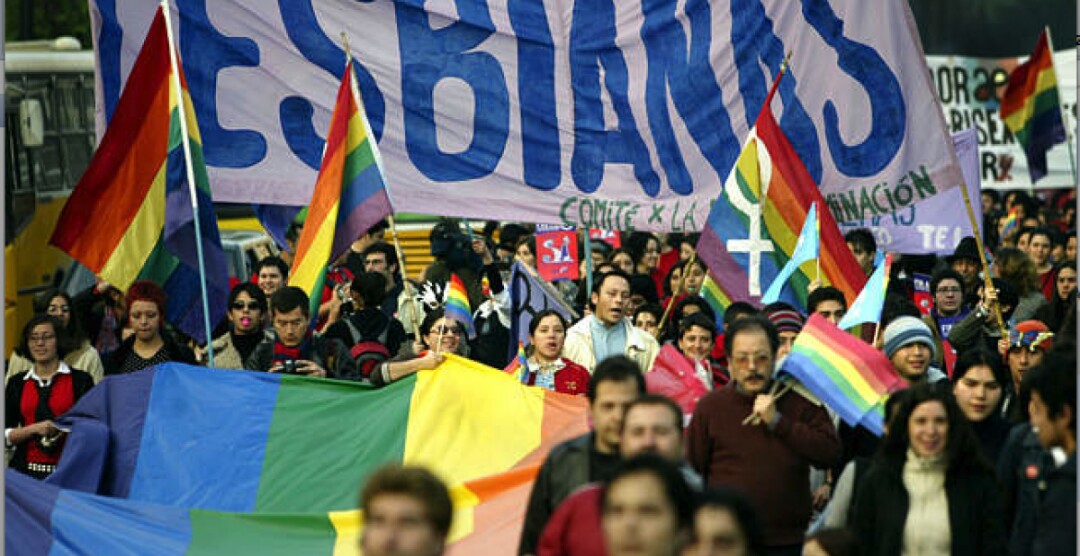THE CURATIVE APPEAL OF LGBT RIGHTS

It has been a long standing argument that Section 377 of the Indian Penal Code (IPC) denies basic liberty for the members of the LGBT community, and creates a ‘chilling effect’, i.e. more and more people are afraid to live life normally due to fear of law targeting them. It is now widely understood at the members of the LGBT community be it by way of sexual preference or gender, are not ‘ill’ or ‘mentally retarded’. It is also accepted across the world that sexual orientation is not a matter of choice. The medical community has endorsed this point of view, with the WHO directory of mental illness striking it down in 1990. Even in India, the bizarre practice of ‘conversion therapy’, a practice where doctors claim to be able to successfully ‘treat’ homosexuals by way of shock therapy, has been strongly condemned by the Delhi Medical Council. More than anything else, the Constitution of India grants the power to every individual to life and liberty, as provided by Article 21. Section 377 of the IPC criminalizes acts against the order of nature, and this rule forces people to behave in a particular way, and it is by force that the institution of child procreation is central to two human beings together. This rule therefore already has a colored perspective of how a marriage and sexual coupling must work, and forces all to fit into that perspective. Acts done in private are declared in public as criminal and against the order of nature. An infringement on the right to live life in a private sphere is also demolished by this rule.
In view of this, the Delhi High Court (HC) gave a verdict on a petition filed by Naz Foundation who worked to prevent AIDS and feared that this law was causing a chilling effect on homosexuals who were affected by this 'disease'. The Delhi HC gave a sound judgment based on a thorough interpretation of law, international understanding on this perspective and a complete analysis of fact. It was skillfully demonstrated by the petitioners that public acceptance of a minority shall in no way affect their rights, and that a separate treatment forces them to lead a covert life, a life of inequality. The Delhi HC judgment, authored by Justice AP Shah, focused on inclusiveness and equality, and held that Section 377 shall be read down to exclude adult consensual sex.
Outrage by the conservative elements of society led to a petition against the Delhi HC judgment, and within four years, the Supreme Court struck down the judgment and advocated against judicial activism. Omitting the fact that law should come to the rescue of the minority and the oppressed, the apex court instead based their argument partly on the fact that there is no ‘social acceptance’ for the LGBT rights. Justice GS Singhvi, an otherwise firm proponent of judicial intervention, advised the legislature to do the needful changes. This year, the legislature cited the Supreme Court to block a private members bill on decriminalizing adult consensual intercourse.
Other fanciful claims by yoga teachers and self-proclaimed guardians of the Indian heritage rushed to argue that homosexuality is an illness that can be cured, and is against Indian culture.
It has been pointed out time and again that the cave paintings in Ajanta and Ellora caves have shown people of the same sex in equal stature as those of the opposite sex. The Kamasutra, a remnant from India’s culture prior to colonisation, also contains a whole chapter on same sex. Thomas Macaulay, creator of the Indian Penal Code, remarked, “We must at present do our best to form a class who may be interpreters between us and the millions whom we govern; a class of persons, Indian in blood and color, but English in taste, in opinions, in morals, and in intellect.” Our morals regarding sex and sexuality have unfortunately succumbed to MacCaulyan standards, and it is their morals that we claim our own for homophobia.
Thankfully, the Supreme Court has agreed to have another look at their stance on Section 377. A curative appeal is the last round of review for a petition in the Supreme Court, and can only be accepted when the basic principles of natural justice have been denied, and a gross miscarriage of justice has taken place. It is a last-resort strategy, and the court imposes heavy costs if this is lodged without merit. However, on February 2nd 2016, the Supreme Court saw merit in the petition and referred the matter to a constitutional bench comprising of five judges. Any decision taken by a five-judge bench has immense power because overruling it requires a bench of higher number of judges. This bench will presumably include the judges of the curative appeal, and two other senior judges. The court also indicated to Senior Advocate Anand Grover that they would take a systematic and thorough analysis of the arguments, which would most likely be a rehash of the arguments presented in front of the Delhi HC. Although it is possible that the Supreme Court may once again decide to accede to the misplaced notions of ‘social acceptance’ and ‘public morality’, a thorough look over the arguments should return a verdict in favor of Naz Foundation. Either way, this hearing shall have huge implications on LGBT rights, with the world watching whether India can shed off this colonial baggage and display the inclusiveness that the Delhi High Court had shown, the inclusiveness that made India such a paradise of diversity.
(The writer is a student at NALSAR, Hyderabad)



